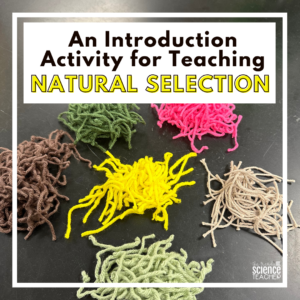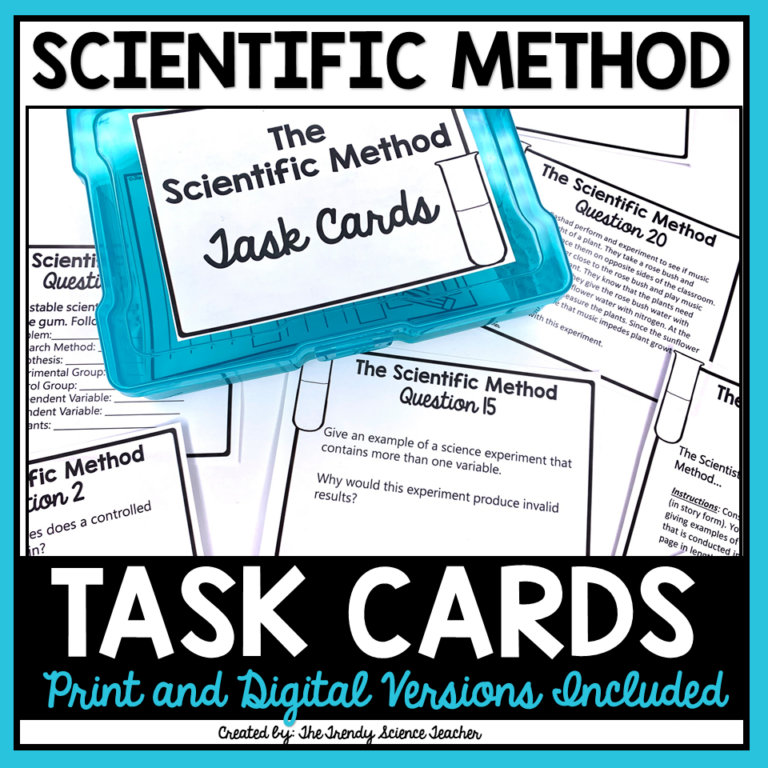
How I Teach Deductive Reasoning in Forensics
Deductive reasoning is an essential academic skill for forensic science students. Activities that help students develop their deductive reasoning can be implemented to complement many areas of the curriculum and are always a lot of fun. As students participate in engaging deductive reasoning activities, they develop foundational knowledge for using logic to draw conclusions based on evidence- the evidence that they will be analyzing throughout the course. In this blog post, I am sharing How I Teach Deductive Reasoning in Forensics.
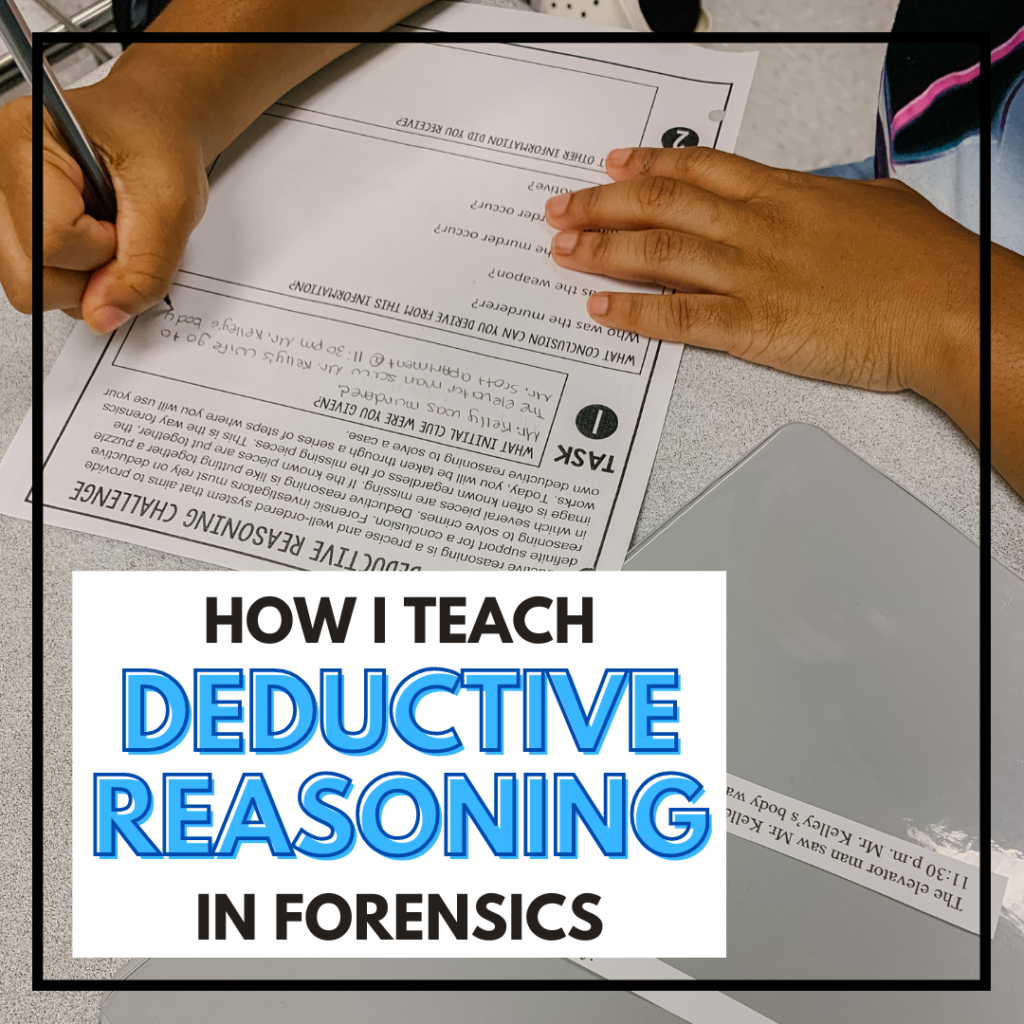
Introductory Activity: Guess the Coin
I begin my lesson by providing students clues about a coin that I am thinking of. I place a picture of a silver dollar, quarter, nickel, dime and penny on the board. Next, I instruct the students to try to determine which coin I am thinking of based on the clues that I give them. I might say something like, “The coin I am thinking of is not the largest coin.” or “The coin I am thinking of was made before I was born.” After providing students with 3 clues, I ask them to write their guess on their paper. This activity works well for an intro activity that segues into defining deductive reasoning as the act of forming a conclusion based on multiple elements.
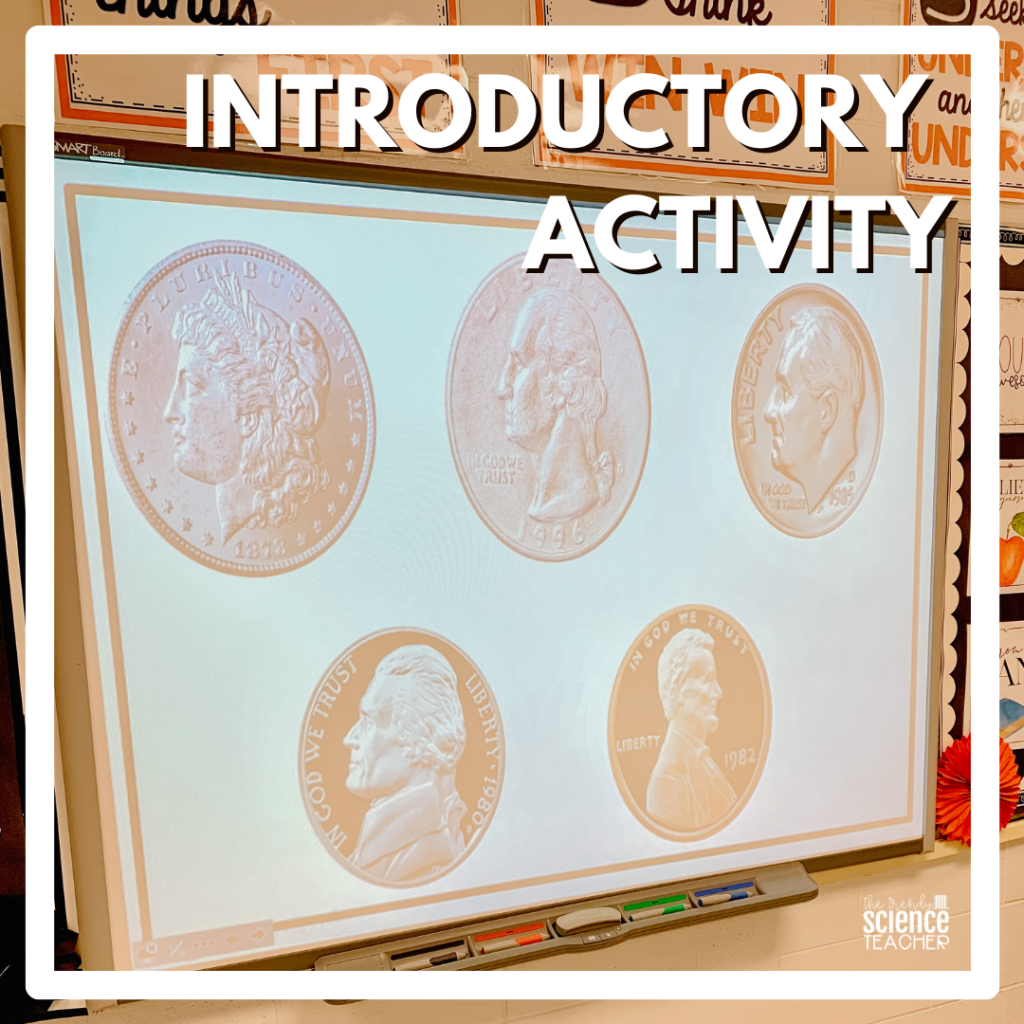
Video Clip- How an FBI Agent Uses Body Language to make Deductions
After discussing some examples of deductive reasoning with my students, I show this video (from Wired). This video showcases a former FBI agent that explains how he makes deductions from suspects’ body language. I love to show videos that relate to different careers associated with forensics. This video always makes it on my deductive reasoning lesson plan.

Activities for Practicing Deductive Reasoning Skills
#1: The Deadly Picnic
I’ve used this activity for years as a way for students to practice their deductive reasoning skills. It is a ready-to-go resource that is perfect for busy teachers. It begins with a story about a murder and then provides students with clues that they must piece together to determine the suspect, weapon and motive. You can get this activity as an instant download HERE.
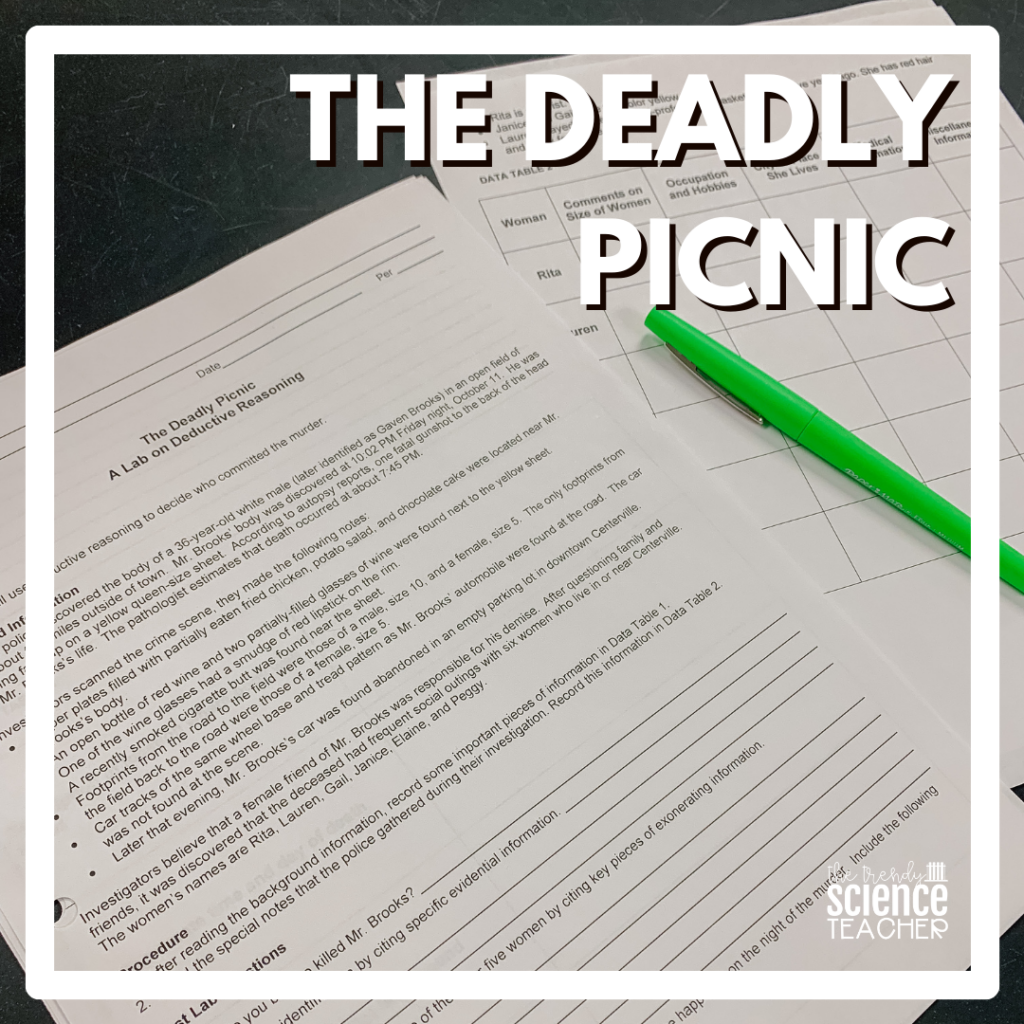
#2: Class Mystery Challenge
As I take you through how I teach deductive reasoning in forensics, I must showcase this super engaging activity that I first found from a fellow teacher, Peter Pappas. Although he teaches history, this activity (which he shares on his website) is perfect for teaching deductive reasoning in Forensics. I tweaked the original lesson a bit to fit the needs of my Forensics students and created a worksheet to accompany the activity.
Here’s what I do:
- I printed a forensics mystery and cut it into pieces. (Click here to use the story that I used.)
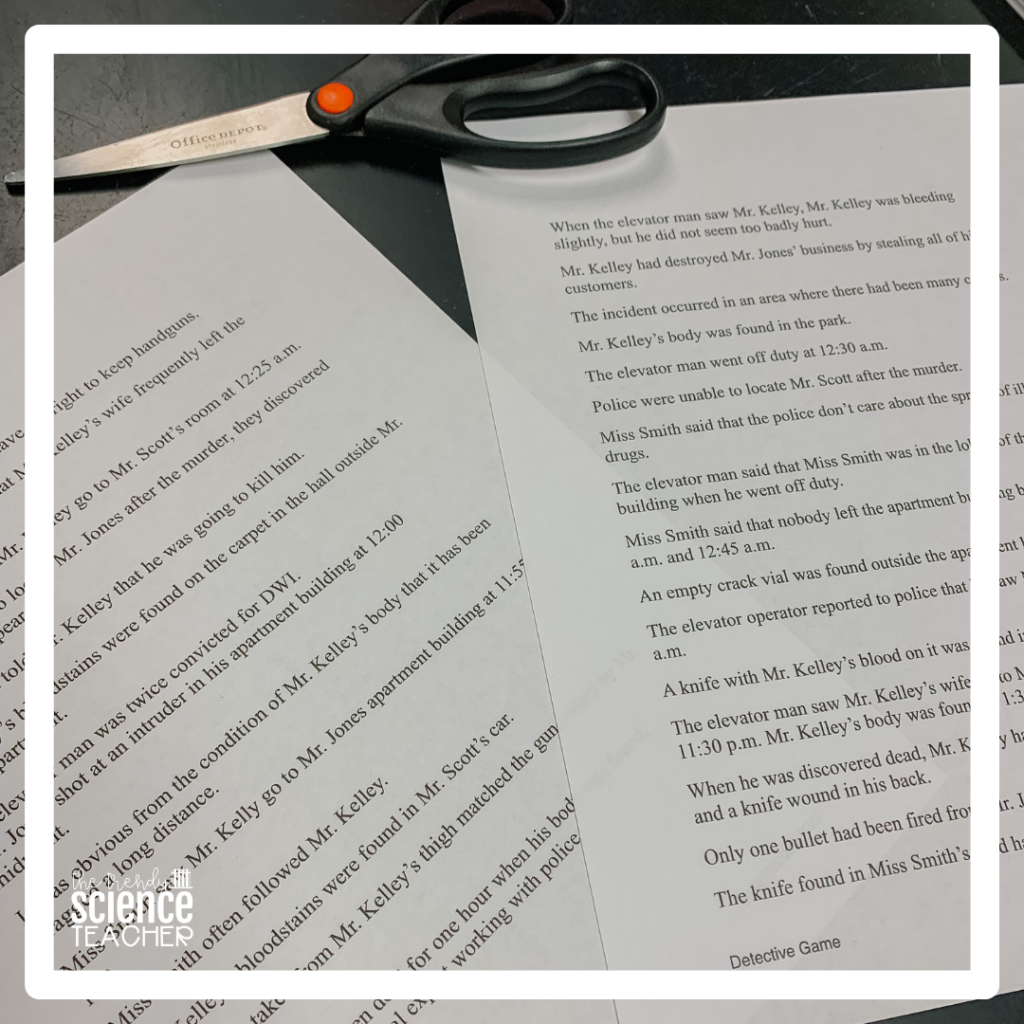
- Each student gets 1 piece of the “mystery” and tries to draw a conclusion from that one clue. (Of course, this is nearly impossible because they don’t have all of the information- which is the point of this activity.)
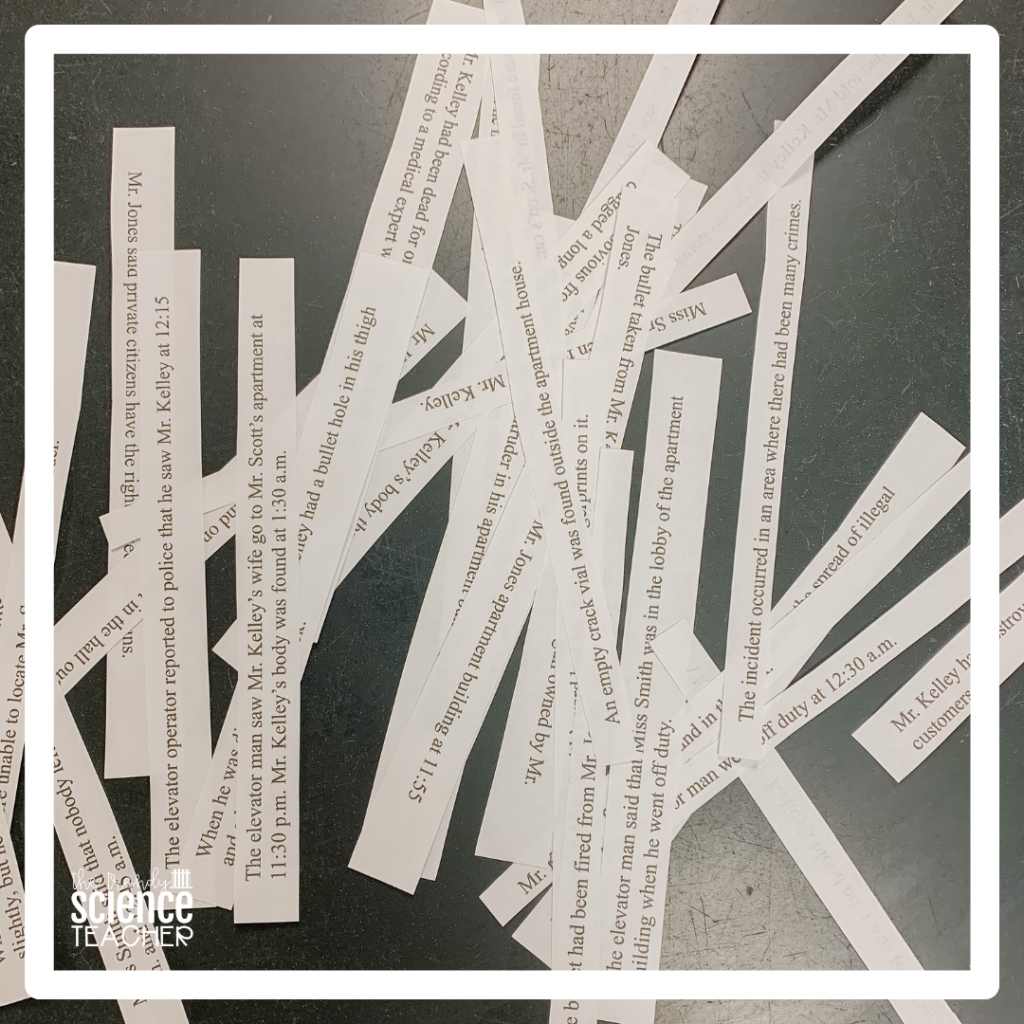
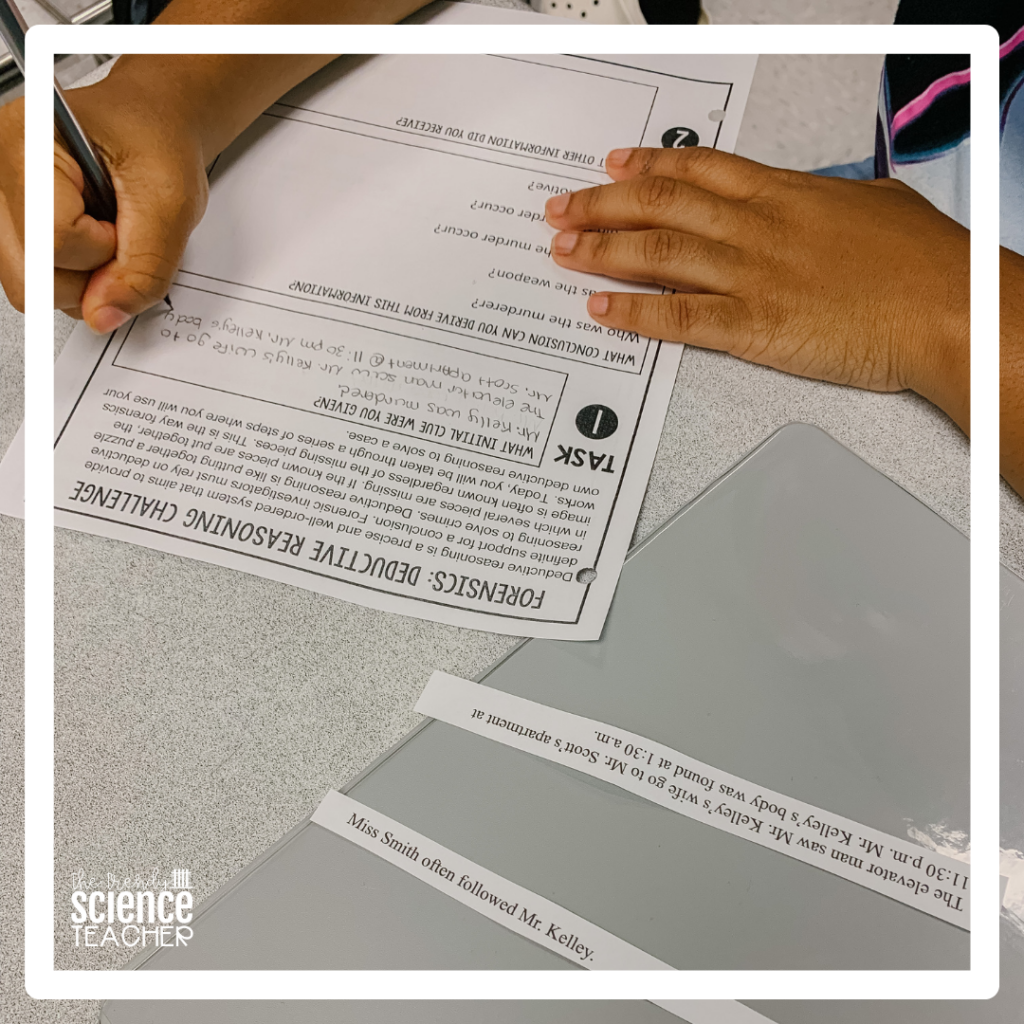
- Next, I divide the class into 3 groups. Each group must share their “clue” with the other group members and try to use deductive reasoning to determine the details of the crime.
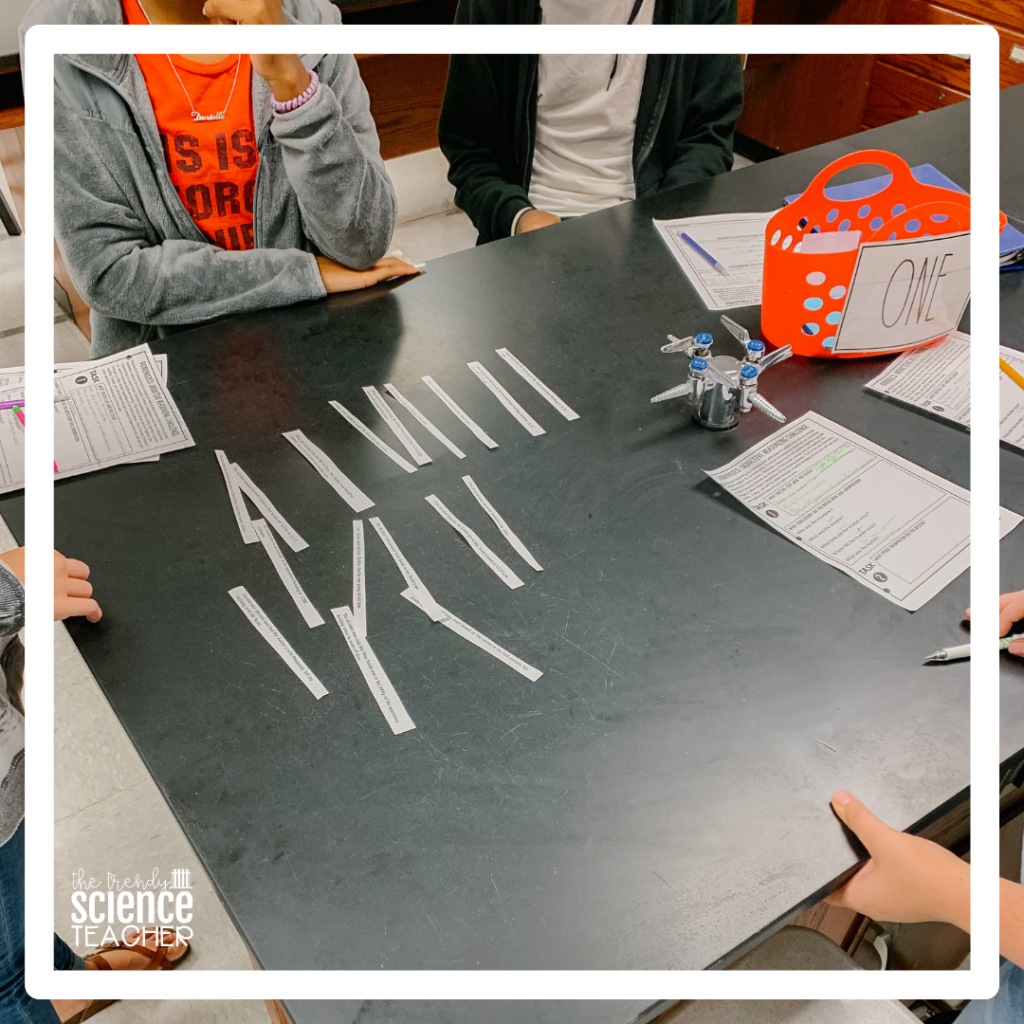
- For the final task, I place all of the groups back together to share their knowledge and come up with a final conclusion. Of course, this step usually provides and “ah ha” moment, as students now have access to the details.
I use this activity to connect the work of a forensic investigator with his/her ability to use deductive reasoning to solve the crime. To download this entire activity, click here.
#3: Clue- The Board Game
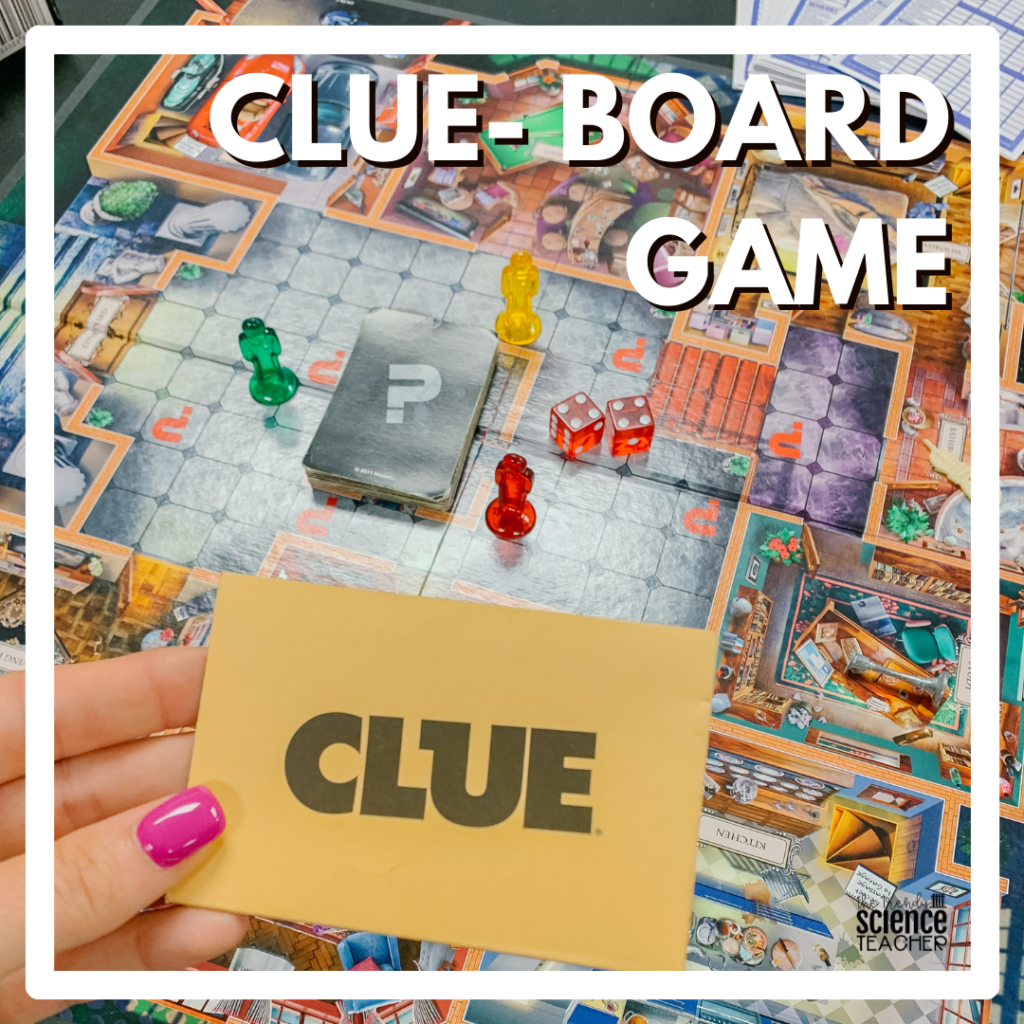
The best way to have students practice their observation skills is with a good ‘ole game of Clue. I break students into groups of 4 and have each group play a round of the game for practice. Although purchasing this game is an investment, it is definitely worth the cost. The students love it and it makes for the perfect student-directed activity.
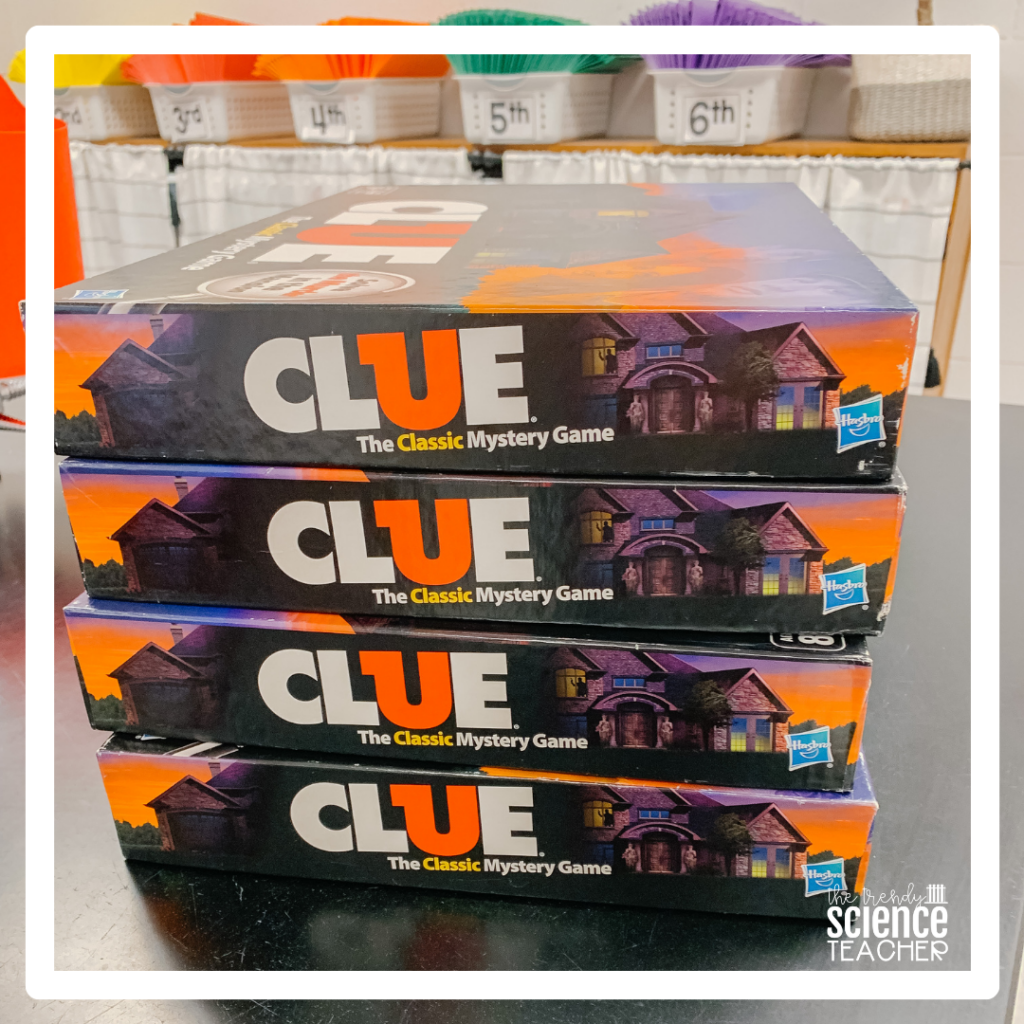
I hope that you are able to use How I Teach Deductive Reasoning in Forensics to create a unique and engaging experience for your Forensics students. Don’t forget to visit my website for more Forensics lessons, activities and resources!
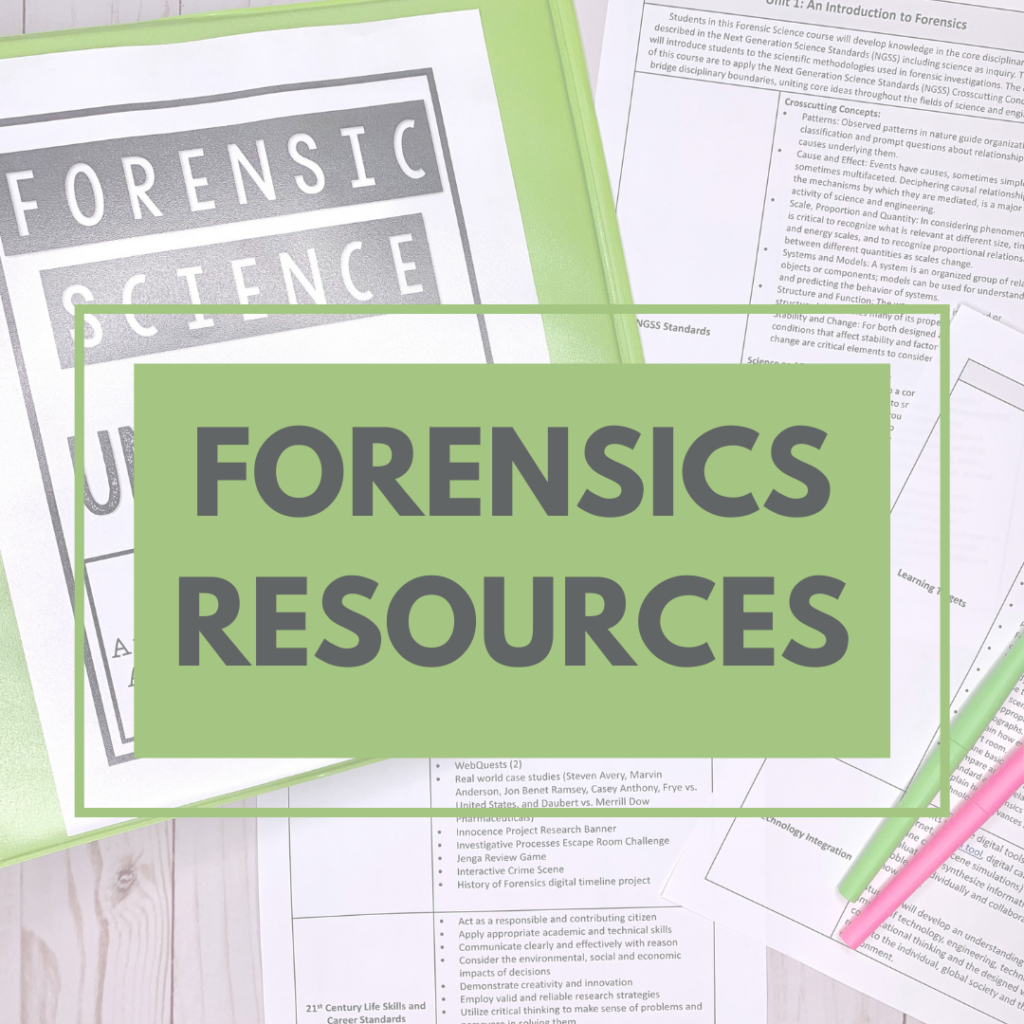
Comment and let me know if you will be using these resources in YOUR classroom. Until next time, happy teaching!

Share it:
- Read more about: OTHER

